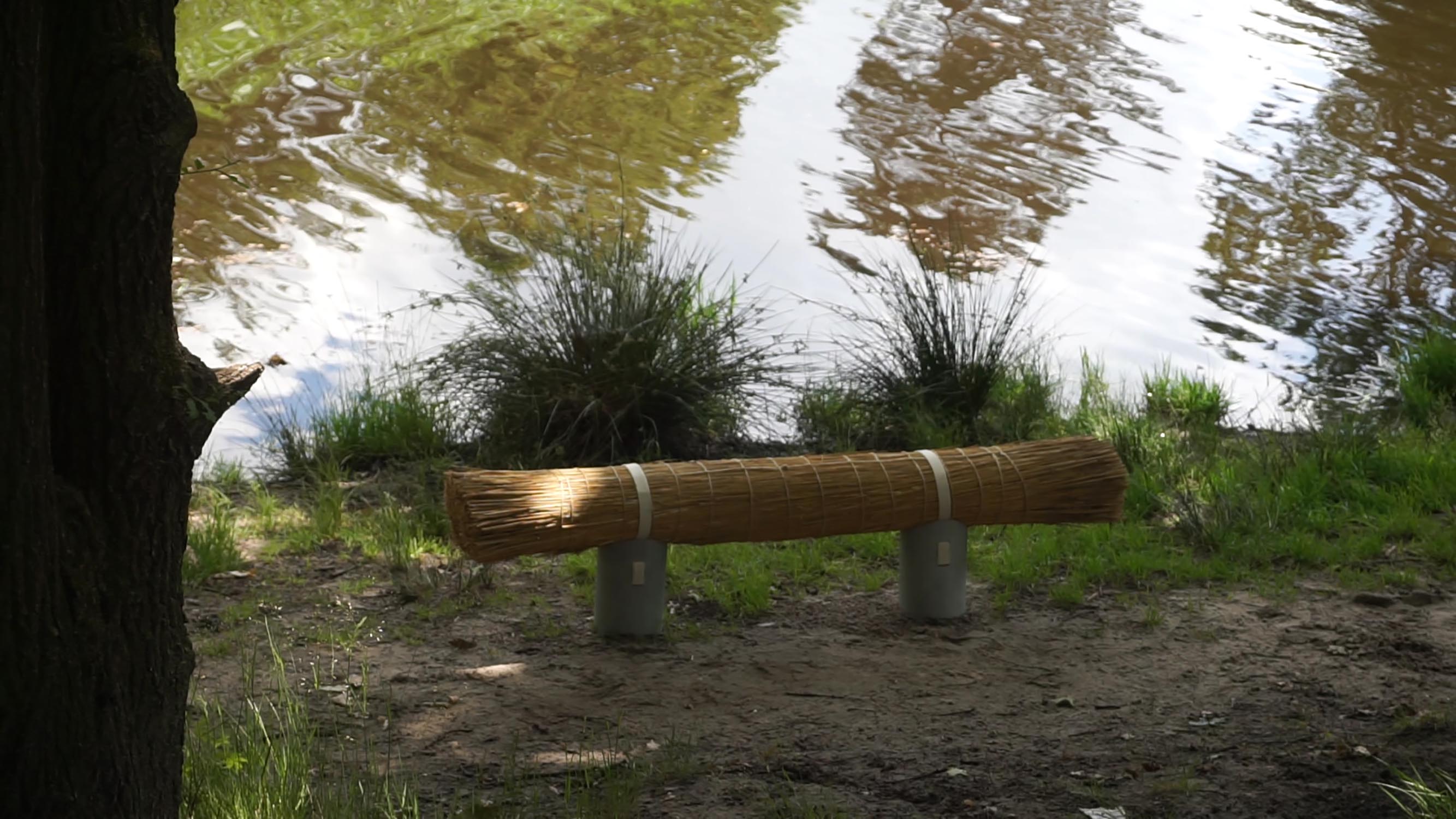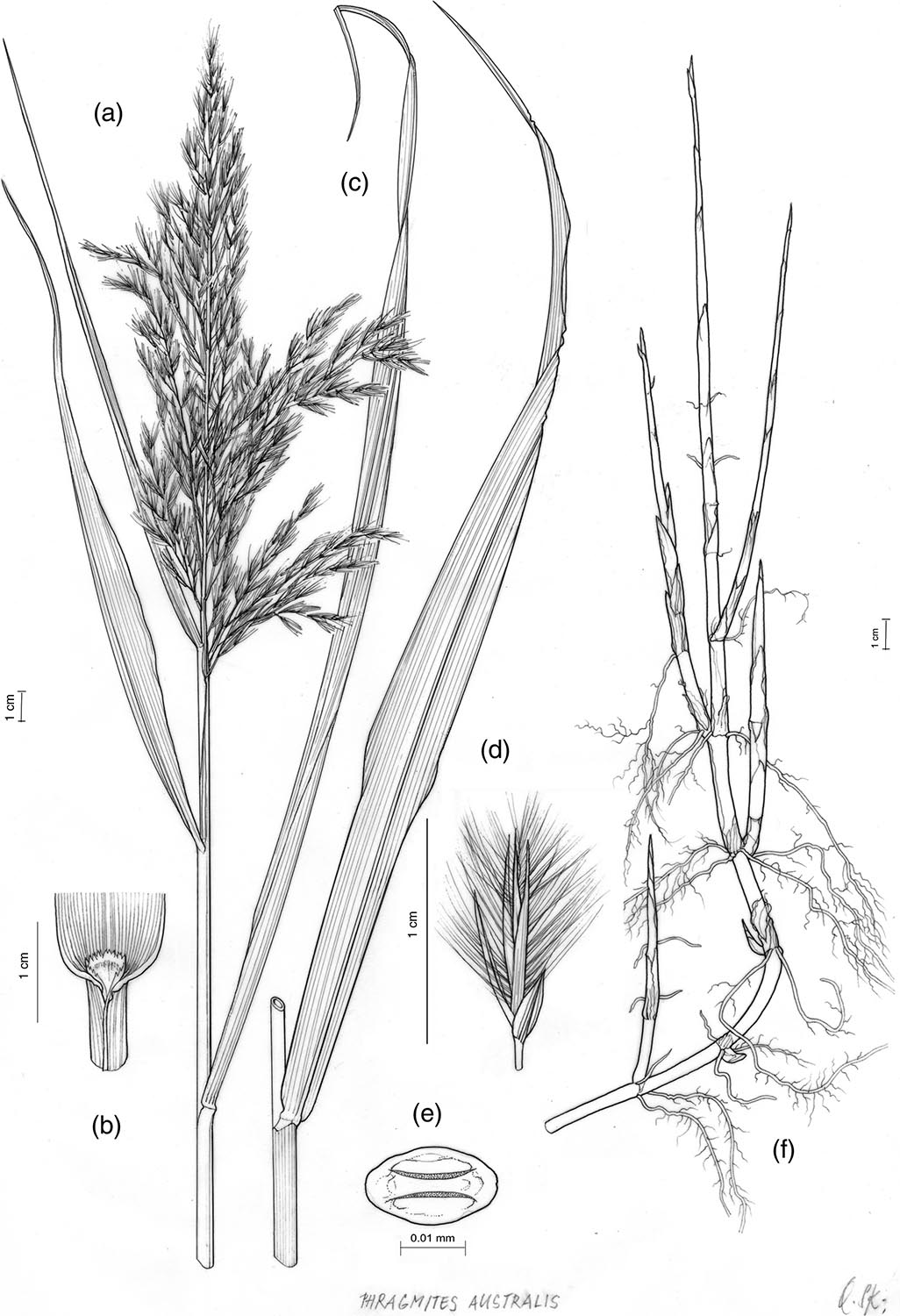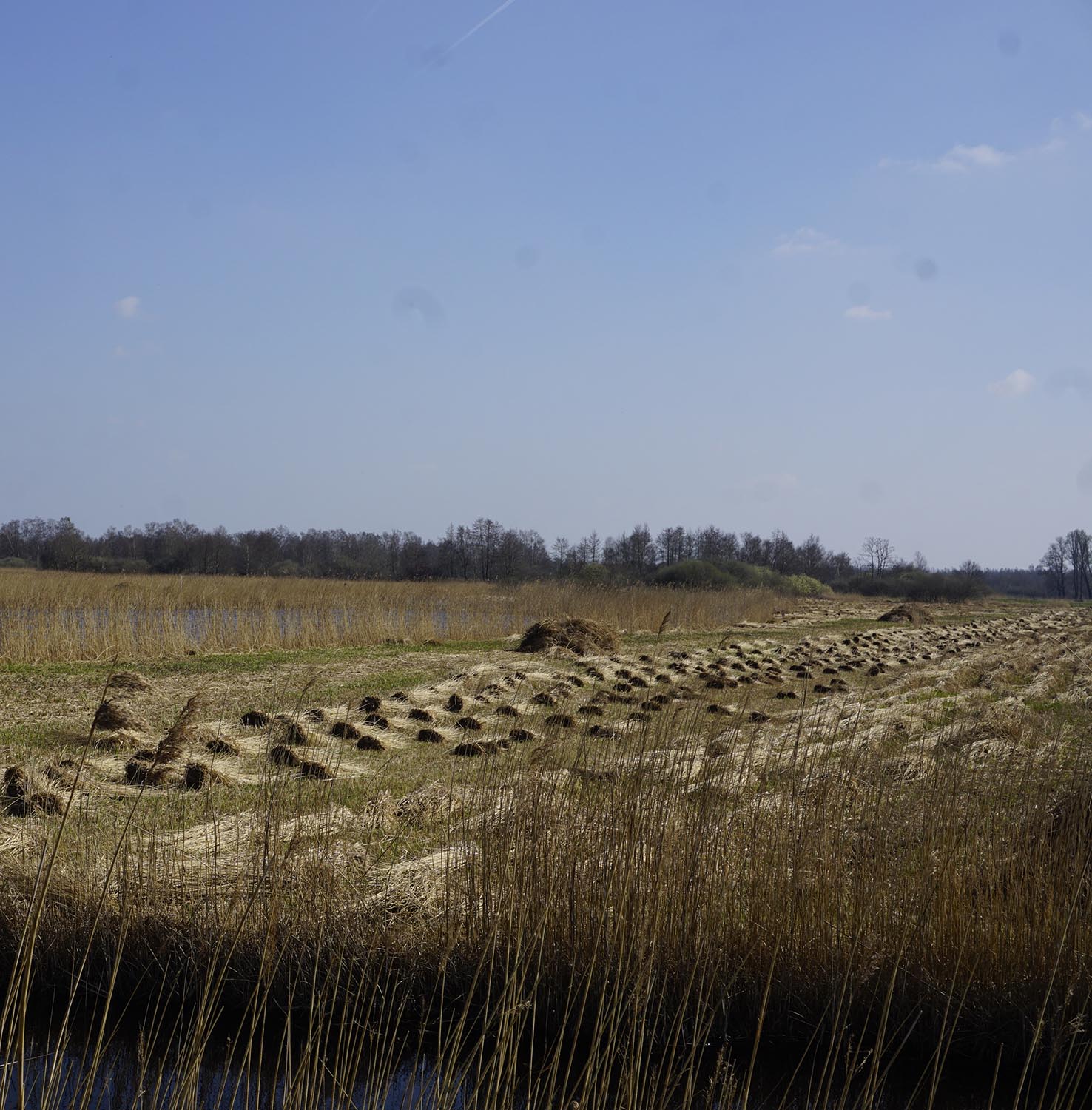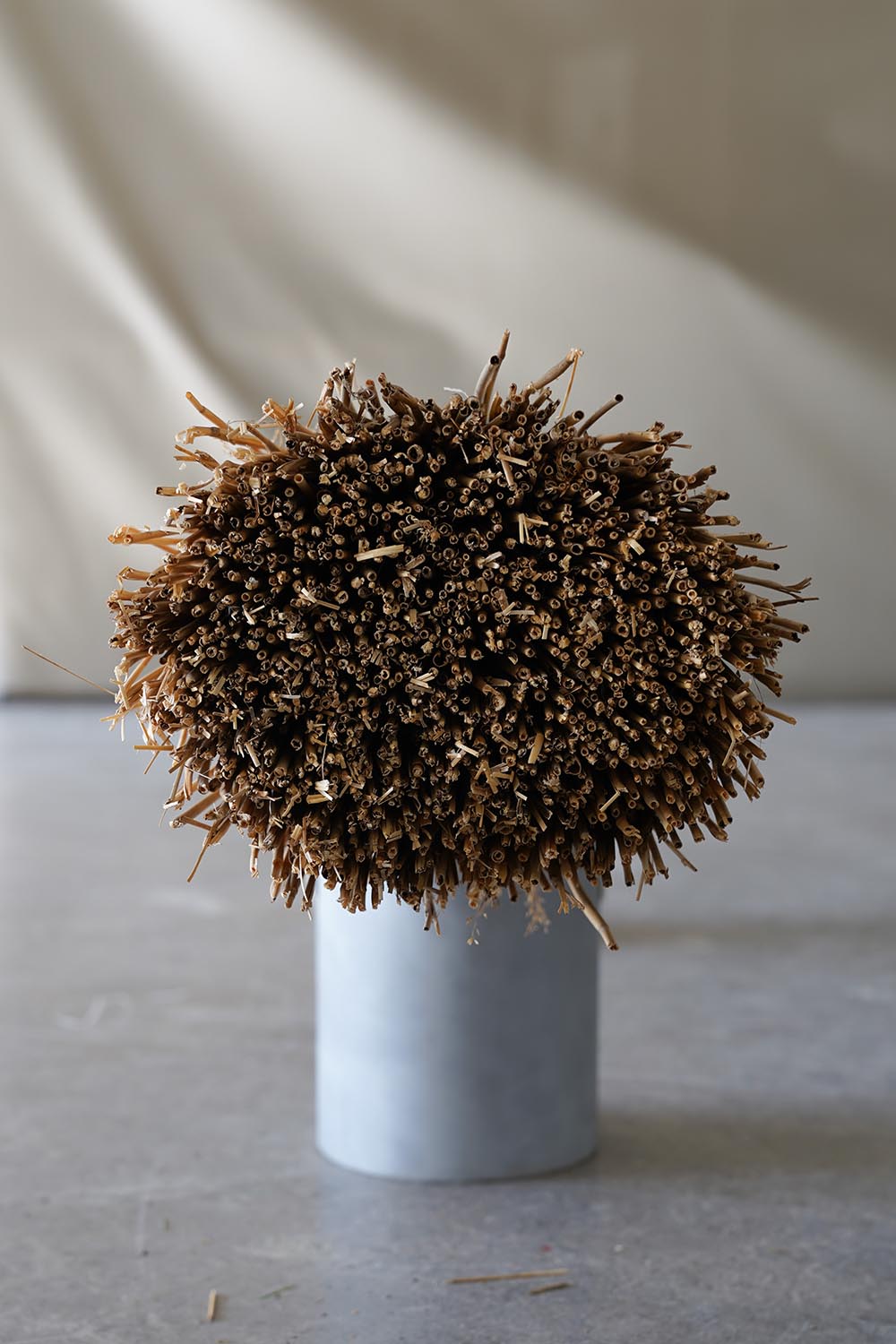Binding Reeds is a research project about conservation practices in marshland environments. With the subtle and accessible gesture of tying reed bundles, a range of structures and shapes can be achieved for specific purposes, like providing alternative habitats to insects, avifauna, and humans that can decompose to contribute to the biomass build-up needed for marshland sedimentation. Developed originally for the context of the disappearing Barene of Venice, a specific type of salty island in the Venetian lagoon, the project aims to offer processual potentialities rather than single-solution outcomes.
In the Barene, as well as in other wetland environments, a variety of reed plants grow between salty and brackish water. We decided to focus on the species Phragmites australis, a thin grass-like reed that grows abundantly at a fast rate, contributing to the sedimentation processes necessary for the conservation of marshland environments.
We contacted experts in marshlands, land management, and reeds, specifically a family of reed tatchers from the North of the Netherlands. Through a farming-like process based on harvesting naturally-growing reeds from the family of Phragmites, the Dutch developed a process of land reclaiming through the build-up of biomass, that is also used in vernacular architecture.
To present the project, an installation with different varieties of objects was produced, showcasing the possibilities of the proposed processing system, as well as a video showcasing the functioning of the project in context.
Project developed with Louis Möeckel and Yannis Mantzaris.
Type: Research
Project: Binding reeds




































